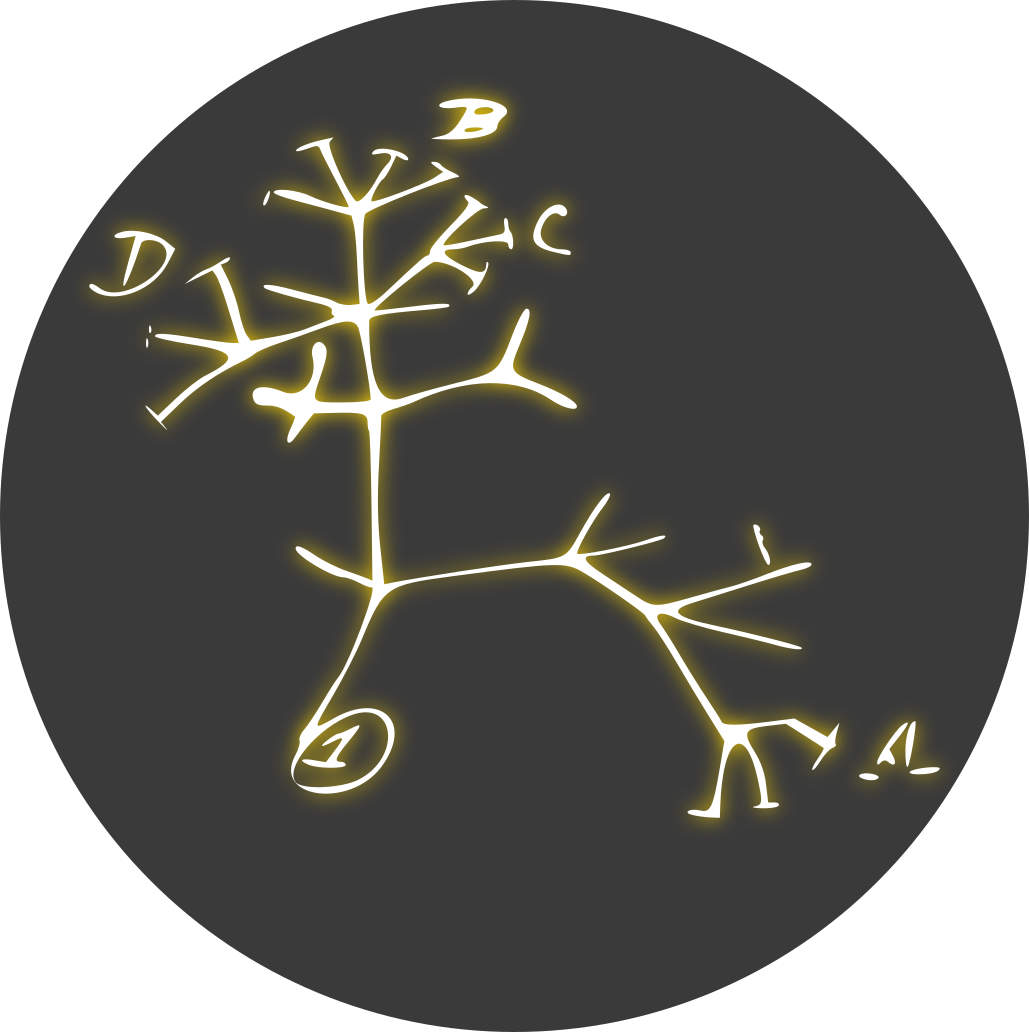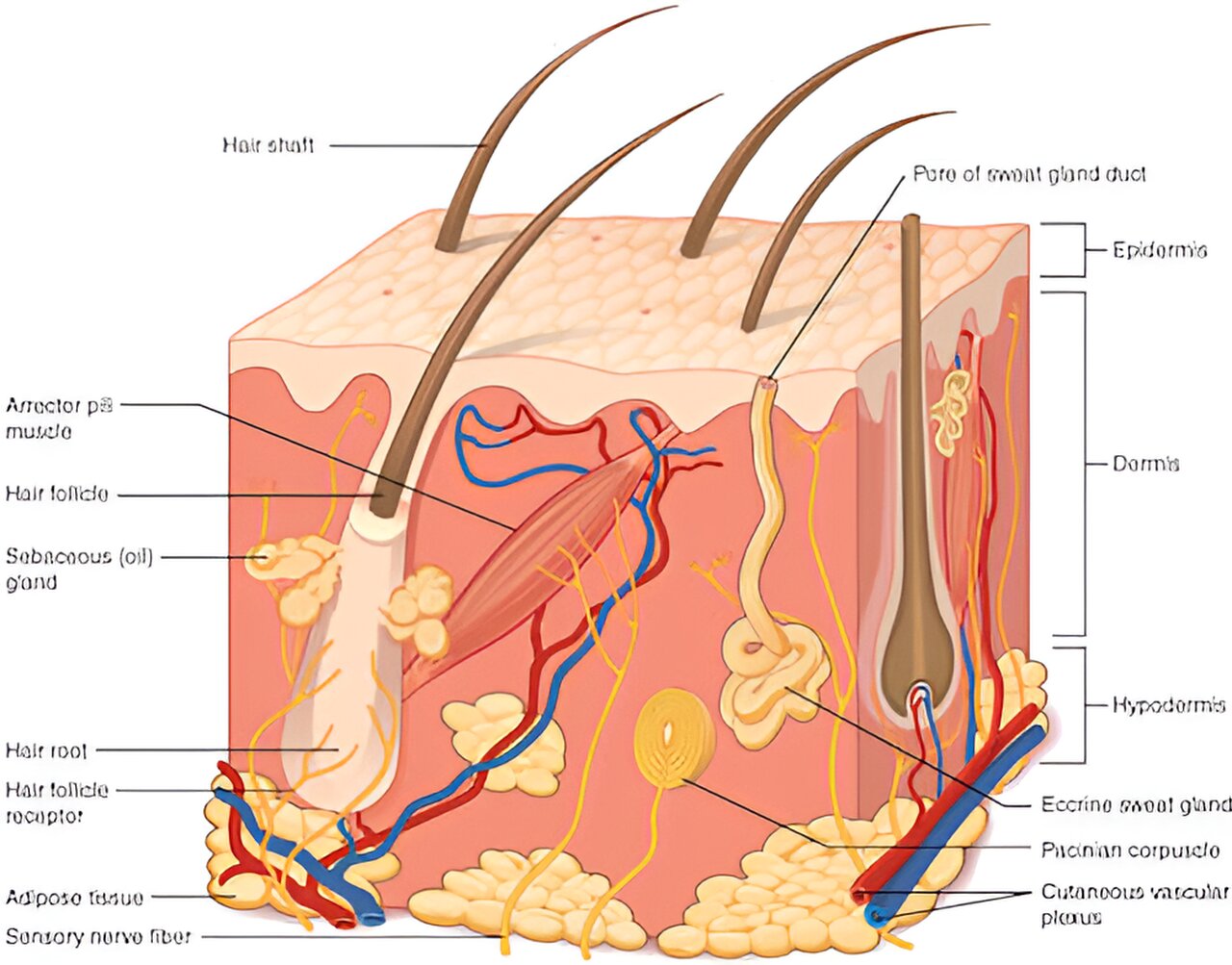One of the important functions of the skin microbiota is to keep pathogens away from healing wounds, which double as prime entry sites for microorganisms. This can be accomplished directly through the production of antimicrobial molecules that kill potential threats, or indirectly when resident bacteria interfere with the disease-causing mechanisms of pathogens. Another indirect mechanism is for members of the skin microbiota to kick their host’s immune system into high alert.
The skin microbiota can participate, and even initiate, the cascade of immunological responses that is required to heal wounds. For example, members of the skin microbiota are important for triggering the first steps of healing. Commensal bacteria that enter the wounds trigger the activation of immune cells known as neutrophils, which are important for activating fast, innate immune responses. The neutrophils begin to express a chemical messenger called CXCL10 that, in turn, recruits more immune cells and kills other members of the microbiota in the wound to reduce the risk of infection.


